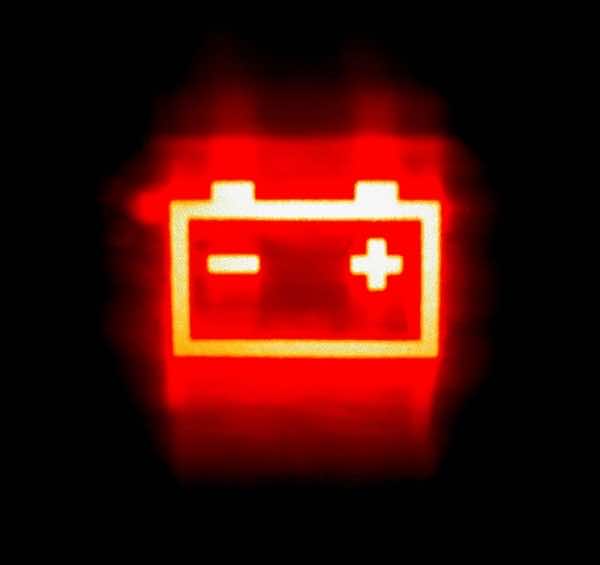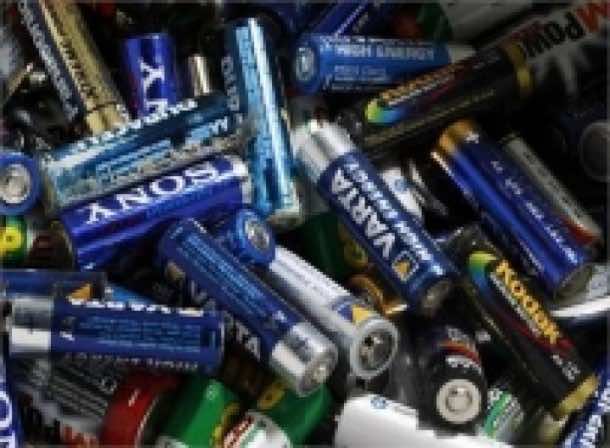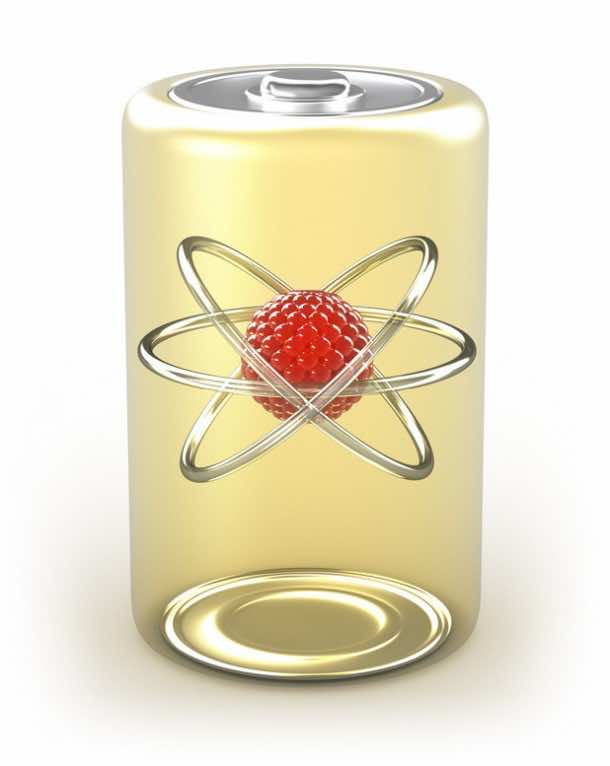From cell phones to cars and flashlights, batteries play an important role in everyday life. Scientists and technology companies are constantly trying to introduce new theories on how to improve battery life. Now for the first time using a water based solution, researchers at the University of Missouri have created a long lasting and more efficient nuclear battery that could be used for many applications such as a reliable energy source in automobiles, emergency devices, and perhaps even space flight. 

‘Betavoltaics, a battery technology that generates power from radiation, has been studied as an energy source since the 1950s,’ said associate professor Jae W. Kwon, of the College of Engineering at MU. ‘Controlled nuclear technologies are not inherently dangerous. We already have many commercial uses of nuclear technologies in our lives including fire detectors in bedrooms and emergency exit signs in buildings,’ Kwon expressed.
The battery uses a radioactive isotope called strontium-90 that boosts electrochemical energy in water based solution. A nanostructured titanium dioxide electrode (the common element found in sunscreens and UV blockers) with a platinum coating collects and effectively converts energy into electrons. Water efficiently absorbs large amounts of nuclear energy, generating free radicals. 
Kwon further illustrated, “Water acts as a buffer and surface plasmons created in the device turned out to be very useful in increasing its efficiency”. This isn’t the first ever-nuclear battery but it is the first water-based nuclear battery. Unlike other forms of photocatalytic methods of water-splitting to produce energy, the high-energy beta radiation in this device produces free radicals in water and the kinetic energy gets trapped in water molecules so that the radiation can be converted into electricity. This is done using the platinum/titanium dioxide electrode previously described. As a result, water splitting is carried out efficiently. This research introduces a new route for the development of next generation power sources.
See this video for more details:


